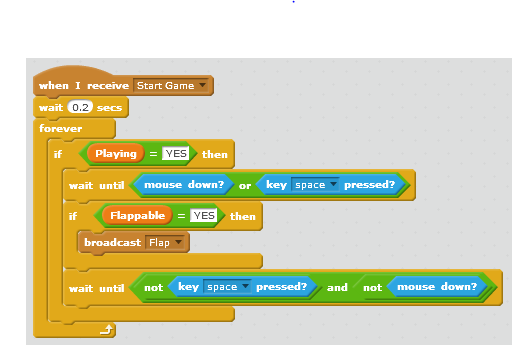
- #Inqscribe time codes not jumping to correct time mac os x
- #Inqscribe time codes not jumping to correct time movie
- #Inqscribe time codes not jumping to correct time install
There are currently some known issues with playing Windows Media files, so it is recommended that you convert these files to another format before using them in ChronoViz.

#Inqscribe time codes not jumping to correct time install
For compatibility with a broad range of internet video formats, such as DIVX and FLV, it is recommended that you install Perian ( ).See the “Importing and Aligning Data” section below. You can also begin analysis by selecting data (instead of a video).The current time is indicated as a graphic indicator on the timeline and as a timecode below the “Play” button.
#Inqscribe time codes not jumping to correct time movie
Once you select a video file, the video will be displayed in the main ChronoViz window, which consists of the movie viewer, a timeline, and controls for moving in time. In the window that pops up, you can select any video file that Quicktime understands (See Note 2 below), or an existing ChronoViz “Annotation File.” To open a video, go to the File menu and select “Open…”. Getting StartedĪnalysis with ChronoViz usually begins by opening a video (See Note 1 below). The ChronoViz application can be placed anywhere on your computer, but it is recommended that you move it to the “Applications” folder. To install ChronoViz, simply unzip the downloaded file.
#Inqscribe time codes not jumping to correct time mac os x

The epoch is always the same moment in history, but it can be expressed differently. If I set $TZ to either UTC or "", your program's output is: Fri Jan 2 00:00:00 1970 On both systems, the system default time zone can be overridden by setting the $TZ environment variable, with UTC or the empty string denoting UTC. On CentOS, which should be similar to Scientific Linux, /etc/localtime is a binary timezone data file. On my Ubuntu system, /etc/timezone contains the line America/Los_Angeles. (the epoch plus 24 hours from your 86400, minus 8 hours for my time zone).Ī system's idea of the current time zone can be determined in any of several ways. I'm 8 hours west of UTC, so on my system your program's output is: Thu Jan 1 16:00:00 1970 The ctime() function returns a pointer to an awkwardly formatted string expressed in local time. So (time_t円400 represents a single moment in time, regardless of your current time zone. A time_t value always represents the number of seconds since the epoch, which is 00:00:00 UTC - plus or minus whatever handwaving is required to acknowledge that we're probably ignoring leap seconds.


 0 kommentar(er)
0 kommentar(er)
